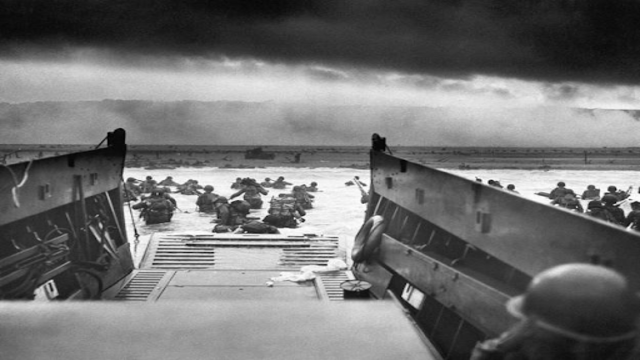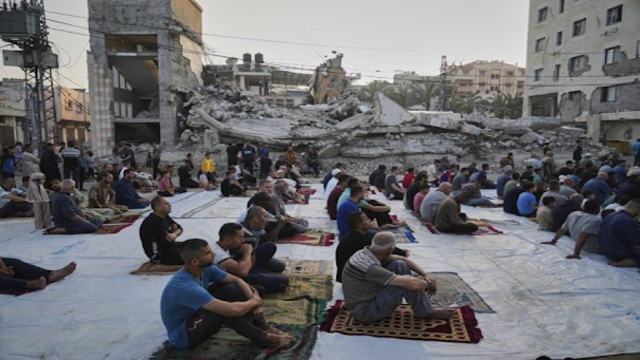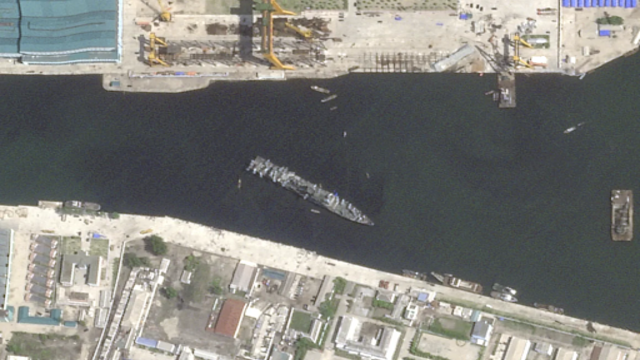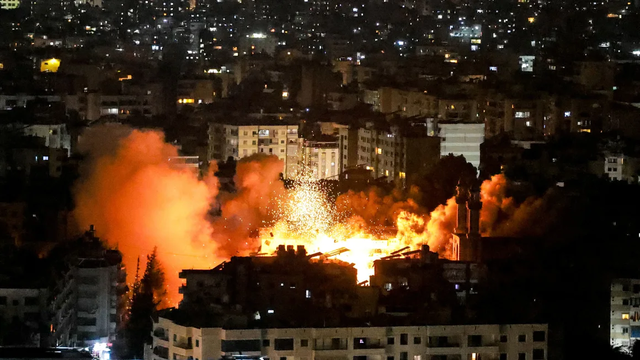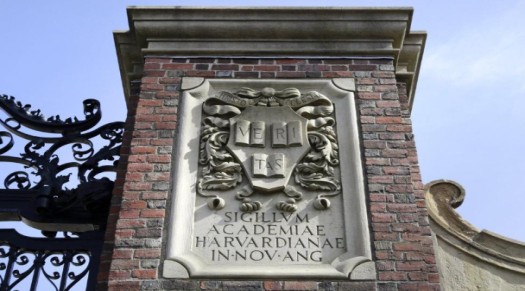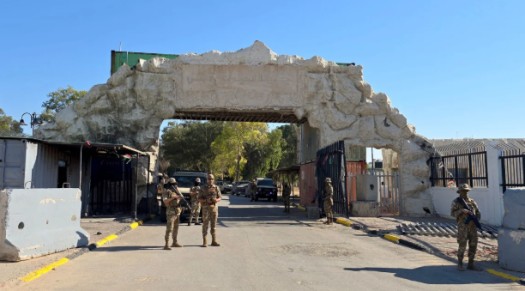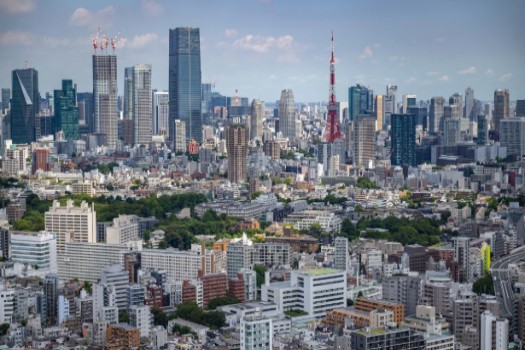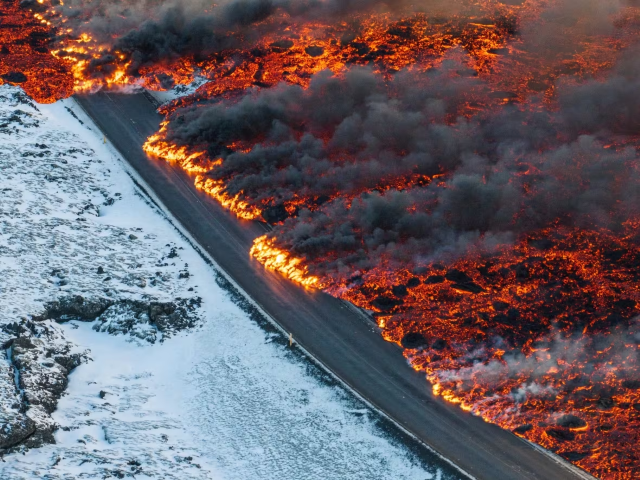
A sight of molten lava flowing across the primary road to Grindavík. The eruption on Thursday morning led to the evacuation of the Blue Lagoon spa, one of the nation's top tourist spots. (Image credit: Marco Di Marco/The Associated Press)
In the dead of night, a spectacle of nature unfolded in southwestern Iceland as a volcano, dormant for centuries, burst into life for the third time since December. Streams of molten lava painted the sky, while panic ensued as the renowned Blue Lagoon spa, a beacon for tourists, faced evacuation.
The eruption, heralded by the Icelandic Meteorological Office around 1 a.m. ET tore through a three-kilometre crevice northeast of Mount Sýlingarfell. This unleashed a cascade of lava, severing vital supply lines and cutting off several communities on the Reykjanes Peninsula from heat and hot water.
Despite a dwindling eruption intensity by midday, remnants of magma continued to spew from the crevice, shrouding the area in a colossal plume of steam. Grindavik, a coastal town that weathered previous eruptions, remained unscathed this time, with civil defence officials confirming no inhabitants were in harm's way.
As the lava encroached upon pipelines supplying hot water to nearby towns, authorities issued a plea for energy conservation. Meanwhile, the Blue Lagoon, its tranquility shattered, swiftly emptied as guests were evacuated, spared from the advancing tide of lava.
In the skies above, no disruptions were reported at Keflavik Airport, although the lack of hot water added another layer of inconvenience. Yet, this eruption, while awe-inspiring, is a mere blip in Iceland's tumultuous geological history. With seismic activity rumbling beneath the surface for weeks, this event was a predictable climax.
Notably, the eruption marks a troubling trend for Grindavik. Once considered safe, the town now grapples with the unsettling reality of sporadic volcanic activity. The eruptions, though brief, hint at a potential future where Grindavik may remain uninhabitable for the long term.
As the lava cools and the steam dissipates, Iceland's resilience is once again put to the test. With memories of Eyjafjallajokull's disruptive ash clouds still fresh, the island nation braces itself for whatever nature may unleash next.


